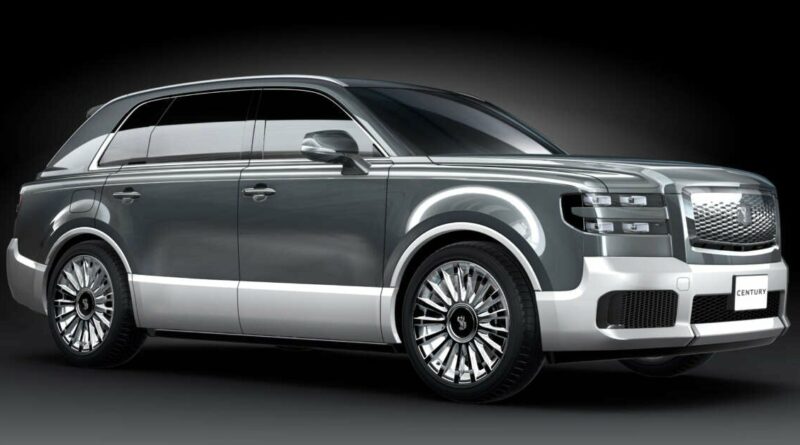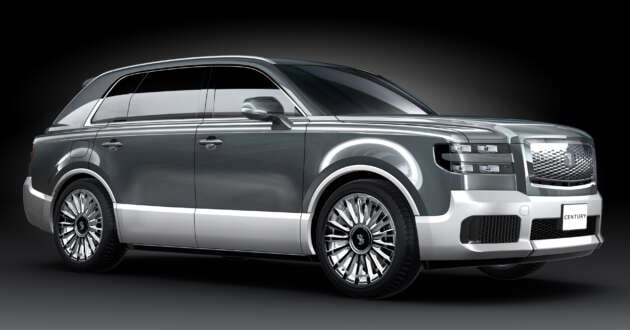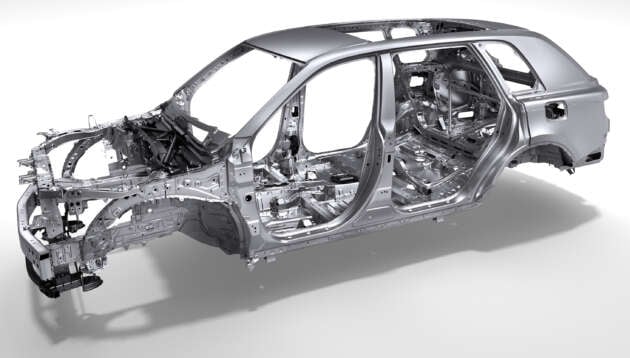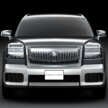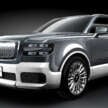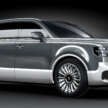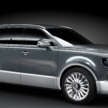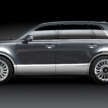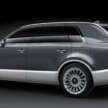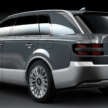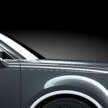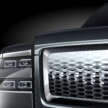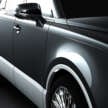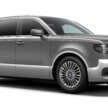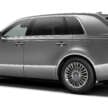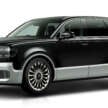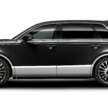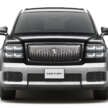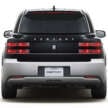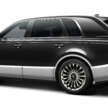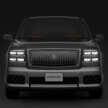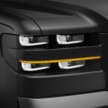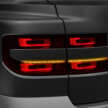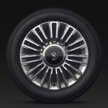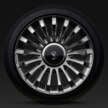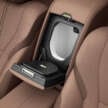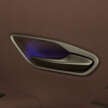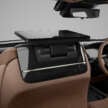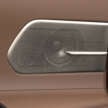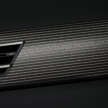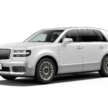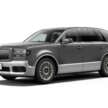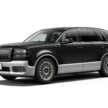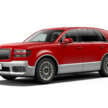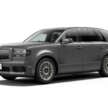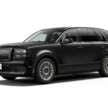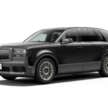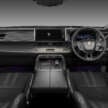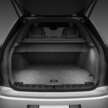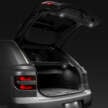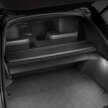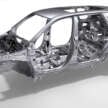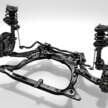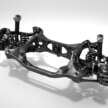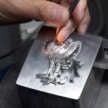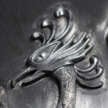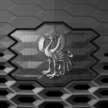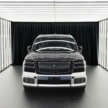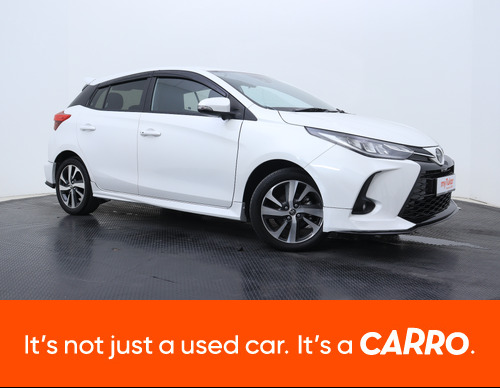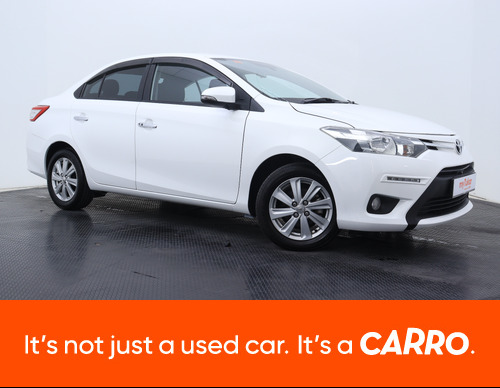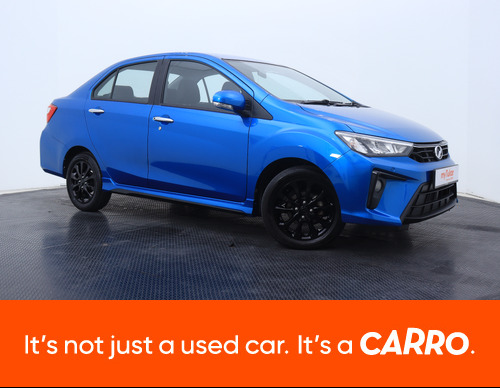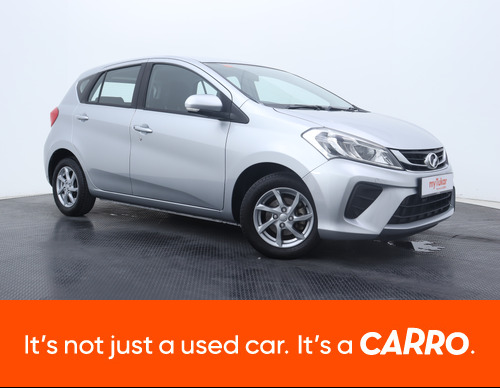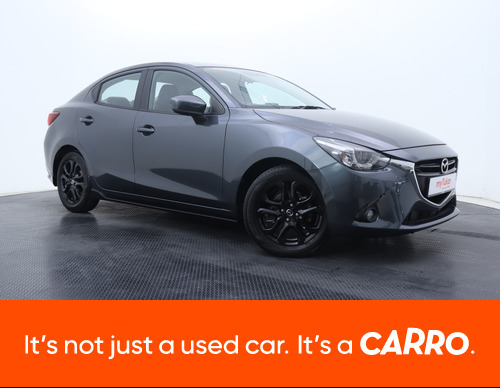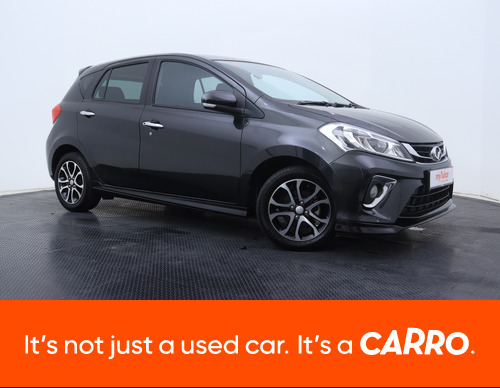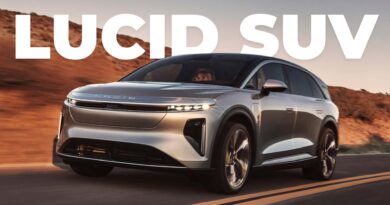2024 Toyota Century SUV debuts – TNGA-based luxury model; 3.5L V6 PHEV; priced from RM792k in Japan – paultan.org
Toyota has revealed a new Century model which takes the form of an SUV, although the term is nowhere to be found anywhere in the official release. Even so, we’re still going to call it the Century SUV, and it is available for order in Japan right now before an official launch takes place this year.
Keep in mind the Century SUV doesn’t replace the third-generation Century sedan that made its debut back in 2018, as the latter will continue to be offered to customers. In terms of pricing, the Century SUV retails for 25 million yen (RM792,041), which is more than the Century sedan that goes for 20.08 million yen (RM636,168).
Toyota’s new “Century for the next century” is built on the Toyota New Global Architecture (TNGA) that is said to allow for better torsional rigidity and ride comfort. It also features something called a “luggage compartment separate structure.”
As the company explains, “noise-reducing clear laminated glass is used on the cabin side of the cargo space cargo space separator to properly separate the cabin from the cargo area and achieve the privacy and astounding quietness associated with chauffeur-driven vehicles.”
If you’re curious how the Century SUV stacks up against its sedan stablemate in terms of dimensions, here are the official figures:
Toyota Century SUV
- Length: 5,205 mm
- Width 1,990 mm
- Height: 1,805 mm
- Wheelbase: 2,950 mm
- Couple distance: 1,220 mm
- Weight: 2,570 kg
Toyota Century sedan
- Length: 5,335 mm
- Width 1,930 mm
- Height: 1,505 mm
- Wheelbase: 3,090 mm
- Couple distance: 1,135 mm
- Weight: 2,370 kg


As for the design, the Century SUV is a blocky SUV with a profile that is reminiscent of the Rolls-Royce Cullinan. Some of the sedan’s cues are evident here, including the shape of the front grille, Century script on the tailgate and exquisitely engraved phoenix emblems.
Luxury is in the details, which is why the certain painted surfaces on the Century SUV are meticulously polished to achieve a mirror finish. The door panels also boast kichomen chamfering to accentuate certain lines for a smooth visual flow.
The Century SUV’s face is differentiated from the sedan by three large air intakes in the lower apron, while the split headlamps have two lighting elements within each cluster – this is also replicated for the rear taillights for a distinctive lighting signature. The standard wheel size is 20 inches, with 22-inch units available as an option. Customers will engage with Century Meisters to customise their Century SUV to best suit their requirements and tastes.

Of course, the highlight of the Century SUV is its interior, and those getting into the rear will do so via doors that open to a wide 75-degree angle and automatic retractable side steps. To make ingress and egress even easier, there are also grips on the C-pillars.
Unlike the Century sedan that seats five, the SUV only accommodates four, with those at the rear greeted a large panoramic glass roof and two individual chairs separated by a high centre console. The seat behind the front passenger can be set to fully recline for that airplane feel, and other amenities include a refrigerator, plenty of stowage spaces, an ambient lighting system, and touchscreen displays.
At the front, Toyota says the Century SUV’s cockpit is “equipped with functions and features that support professional drivers and enhance ease of use.” Rather than shoving everything into the wide touchscreen, there are plenty of physical controls for the climate system, seats and other functions to make sure they can be accessed with fumbling through menus.

The phoenix emblem on the steering wheel is also a nice touch, and in keeping with modern times, there’s a digital instrument cluster that provides info on the status of the plug-in hybrid powertrain. Yes, the Century SUV is a PHEV and it uses a setup similar to what you’ll find in the Lexus TX 550h+ instead of the electrified 5.0 litre V8 in the Century sedan.
The PHEV powertrain provides a total system output of 412 PS (406 hp or 303 kW), which is more than the V8. It is made up of a 2GR-FXS 3.5 litre naturally-aspirated V6 paired to an E-CVT and electric motor, accompanied by an E-Four all-wheel drive system that adds an electric motor at the rear axle.
Other driving-related features include Dynamic Rear Steering (rear-wheel steering) to help with manoeuvrability, while a Rear Comfort mode supports the driver’s control of the vehicle to make sure rear passengers remain comfortable by assisting braking control to suppress jolts when the vehicle comes to a halt.
Looking to sell your car? Sell it with myTukar.
Research Toyota Cars at 

















2016 TOYOTA VIOS J 1.5L
2022 TOYOTA YARIS E 1.5L
2018 TOYOTA VIOS E 1.5L
2019 TOYOTA INNOVA X 2.0L
2019 TOYOTA RUSH S 1.5L
2020 PROTON IRIZ PREMIUM CVT 1.6L
2020 PERODUA BEZZA X 1.3L
2018 PERODUA MYVI G 1.3L
2016 MAZDA 2 SEDAN HI SKYACTIV-G 1.5L
2018 PERODUA MYVI H 1.5L
Source: Read Full Article
